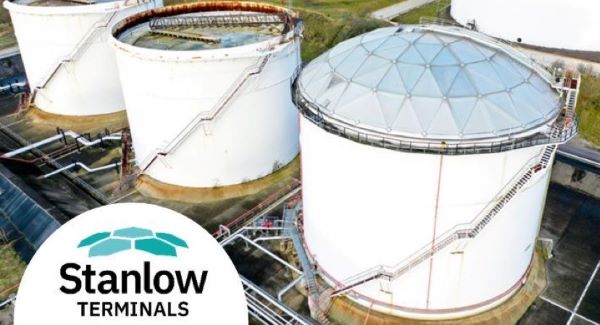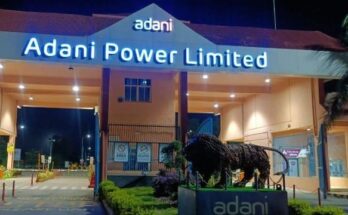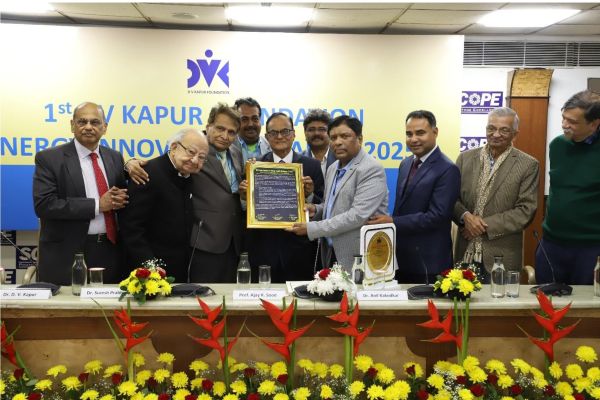
Team News Riveting
Mumbai, August 8
Stanlow Terminals Ltd (“Stanlow Terminals”), the UK’s largest independent bulk liquid storage provider
has signed a Memorandum of Understanding (MoU) with Eni UK Ltd (“Eni UK”), the UK subsidiary of
global energy company Eni, to explore the development of carbon dioxide (CO2) collection, shipping,
and storage at the Stanlow Terminal location and then delivering the received CO2 into Eni UK’s carbon
transport and storage infrastructures currently being developed in the NW region of the UK.
Stanlow Terminals and Eni UK will evaluate opportunities to establish an open-access CO2 transport
and storage terminal which will be capable of receiving, gathering and storing CO2 from industrial
emitters and other sources via shipping from dispersed locations. The objective is to ultimately connect
multiple emitters with Eni UK’s licenced storage location through an open access system, facilitating
the future sequestration of substantial volumes of CO2.
Developing CO2 ship transportation will play a significant role in the expansion of CCS infrastructure,
by offering feasible and flexible routes between sources and storage sites. The infrastructure would
provide many more industrial companies the opportunity to transport captured CO2 for storage in
depleted gas fields.
The agreement follows Stanlow Terminal’s announcement of plans to also develop open access green
ammonia facilities on the River Mersey, supporting the ambition of Essar Energy Transition to become
Europe’s leading integrated energy transition hub.
Stanlow Terminals is part of Essar Energy Transition (“EET”). Launched in February 2023, EET is
investing US$3.6 billion in developing a range of low carbon energy transition projects over the next
five years, of which US$2.4 billion will be invested at its sites in the North West of England.
EET will include Essar Oil UK, the company’s refining and marketing business in North West England;
Vertex Hydrogen, which is developing 1 gigawatt (GW) of blue hydrogen for the UK market, with follow-
on capacity set to reach 3.8GW; EET Hydrogen India, which is developing 1 GW of green ammonia in
India, targeted at UK and international markets; Stanlow Terminals Ltd, which is developing enabling
storage and pipeline infrastructure; and EET Biofuels, which is investing in developing 1 MT of low
carbon biofuels. EET’s investment programme will play a major role in accelerating the UK’s low carbon
transformation, supporting the government’s decarbonisation policy and creating highly skilled
employment opportunities at the heart of the Northern Powerhouse economy.
Eni UK is leading the development of carbon dioxide transport and storage for the HyNet North West
consortium in the North West of the UK, which will transform one of the country’s most energy intensive
industrial districts into the first low-carbon industrial cluster in the world. Eni UK has developed extensive
experience in reservoir management over many decades and intends to apply its skills to repurpose
part of its existing upstream assets to store carbon dioxide in depleted fields in Liverpool Bay, helping
the UK to achieve its net zero targets by decarbonising industrial activities in the region quickly and at
a competitive cost.
Stanlow Terminals is the largest independent bulk liquid storage business in the UK, with 3 million cubic
metres of capacity. Located on the Mersey Estuary within the Port of Liverpool we are a critical piece
of national infrastructure. A port asset, with eight jetties and deep water facilities, Stanlow Terminals
offers flexible and efficient import and export of bulk liquids. Our multi-modal distribution network
includes Europe’s largest road terminal, rail connectivity, excellent links to the UK’s motorway network
and pipeline connections to deliver energy products into the UK. Stanlow Terminals offers unrivalled
connectivity for our customers.
Eni UK is part of Eni, an integrated energy company with over 30.000 employees in 62 countries around
the world. Eni launched a new strategy in 2020, which it accelerated in subsequent years, with the aim
of achieving the target of zero net emissions by 2050 and providing a variety of fully decarbonised
products, combining environmental and financial sustainability, with a strong focus on technological
leadership built on years of research and innovation



